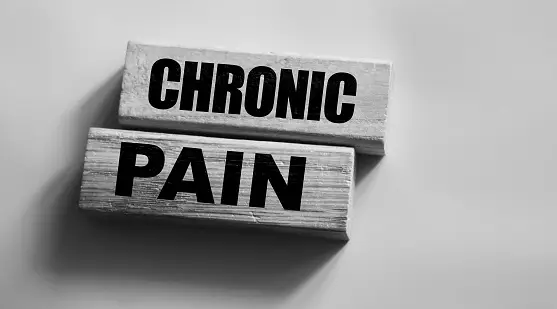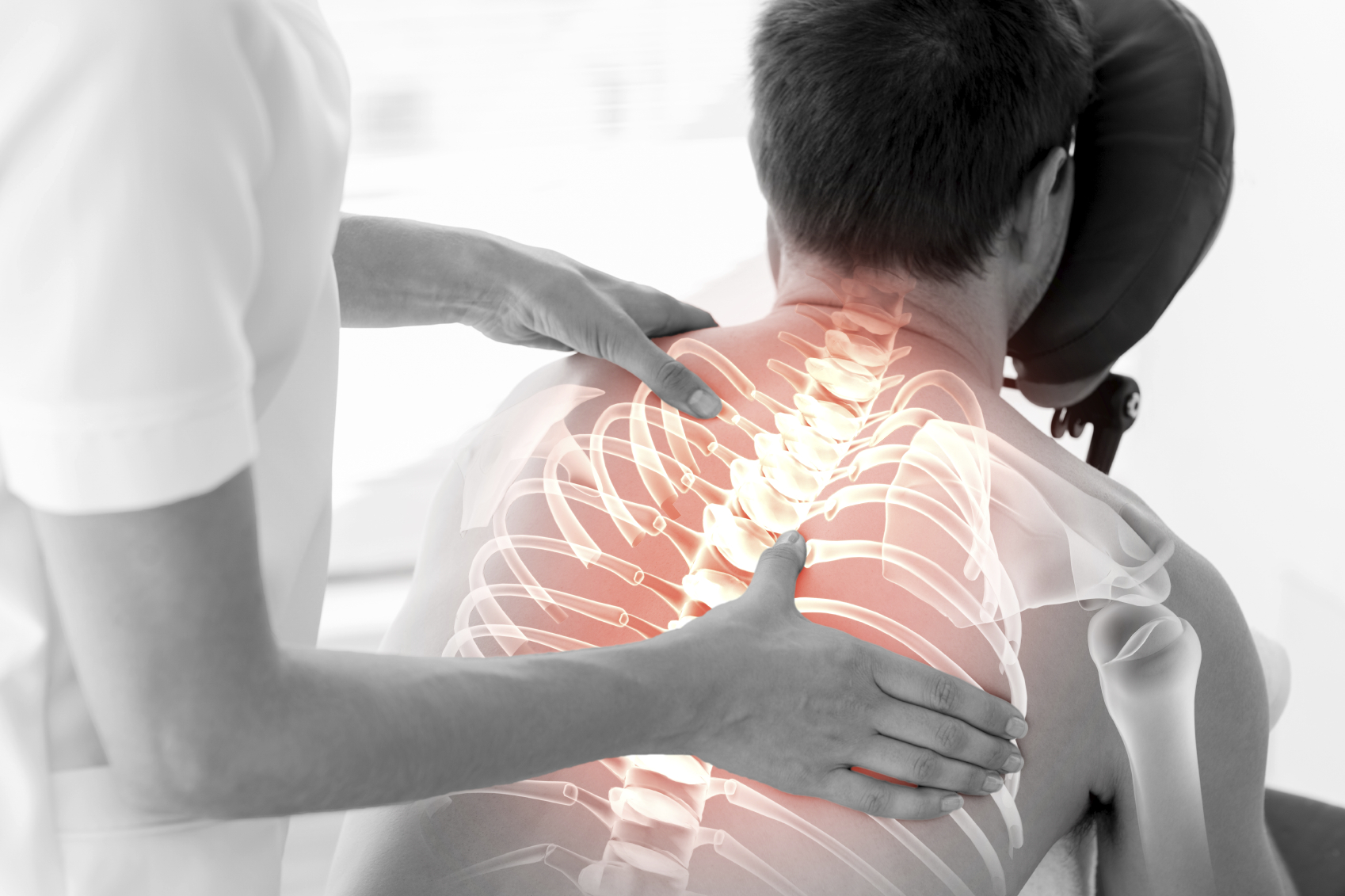Discover 15 evidence-based strategies for effective pain management, from exercise to mindfulness techniques. Learn how to achieve exquisite everyday living without chronic pain through our comprehensive guide.

Pain is a complex sensation that affects millions of people worldwide, ranging from temporary discomfort to chronic conditions that significantly impact quality of life. Whether you’re dealing with occasional headaches, post-injury pain, or persistent chronic pain, effective management strategies can help you achieve exquisite everyday living without chronic pain dominating your experiences.
This comprehensive guide explores proven approaches to pain management, combining medical wisdom with practical advice to help you take control of your physical health and well-being.
Understanding Pain: The First Step to Management
Before exploring specific pain relief strategies, it’s essential to understand that pain is a multifaceted experience. The International Association for the Study of Pain defines it as “an unpleasant sensory and emotional experience associated with, or resembling that associated with, actual or potential tissue damage.”
Pain can be classified as:

- Acute pain: Short-term pain that serves as a warning signal
- Chronic pain: Persistent pain lasting more than 12 weeks
- Nociceptive pain: Results from tissue damage (e.g., burns, cuts)
- Neuropathic pain: Caused by nerve damage or dysfunction


Understanding your specific type of pain can help determine the most effective management approaches.
1. Exercise and Physical Activity: Movement as Medicine
Regular physical activity is one of the most effective ways to manage many types of pain, particularly musculoskeletal conditions. Exercise:
- Releases endorphins, your body’s natural painkillers
- Strengthens muscles that support painful areas
- Improves flexibility and range of motion
- Prevents deconditioning that can worsen pain
How to implement: Start with gentle, low-impact activities like walking, swimming, or cycling. Begin with just 5-10 minutes daily and gradually increase duration and intensity as tolerated. Always consult with a healthcare professional before starting a new exercise regimen, especially if you have pre-existing conditions.
Research published in the Journal of Pain Research found that participants with chronic pain who engaged in regular physical activity reported significant improvements in pain levels and overall function compared to sedentary individuals.
2. Mindfulness and Meditation: Training the Mind to Manage Pain
Mindfulness-based stress reduction (MBSR) techniques have shown remarkable efficacy in pain management by changing how the brain processes pain signals.
- Meditation: Focuses attention away from pain
- Deep breathing exercises: Reduces tension and stress that amplify pain
- Body scanning: Helps identify and release tension in specific areas
How to implement: Begin with just 5 minutes of mindful breathing daily. Gradually increase to 15-20 minutes. Apps like Headspace or Calm offer guided meditations specifically designed for pain management.
A comprehensive review published in JAMA Internal Medicine analyzed 38 randomized controlled trials and found that mindfulness meditation was associated with improved pain symptoms, depression scores, and quality of life.
3. Sleep Optimization: The Healing Power of Rest
Poor sleep and pain create a vicious cycle—pain disrupts sleep, and sleep deprivation amplifies pain sensitivity. Breaking this cycle through sleep hygiene is crucial for pain management.
Sleep hygiene practices include:
- Maintaining a consistent sleep schedule
- Creating a comfortable, cool, dark sleeping environment
- Limiting screen time before bed
- Avoiding caffeine and alcohol close to bedtime
- Developing a relaxing pre-sleep routine
How to implement: Choose one sleep hygiene practice to focus on each week. Track your pain levels in relation to sleep quality to identify patterns and improvements.
Research from the Sleep Foundation indicates that even small improvements in sleep quality can lead to significant reductions in pain perception and improved daytime functioning.
4. Anti-inflammatory Diet: Nutritional Approaches to Pain Control
What you eat can significantly impact inflammation levels in your body, which directly affects pain. An anti-inflammatory diet focuses on:
- Omega-3 fatty acids: Found in fatty fish, flaxseeds, and walnuts
- Antioxidant-rich fruits and vegetables: Berries, leafy greens, and colorful produce
- Herbs and spices: Turmeric, ginger, and garlic
- Whole grains: Over refined carbohydratesMind Matters: How Your Positive Thoughts and Feelings Shape Your Health and Well-Being
- Limited processed foods, sugars, and trans fats
How to implement: Start by adding one anti-inflammatory food to each meal. Consider keeping a food journal to track how different foods affect your pain levels.
The Harvard T.H. Chan School of Public Health notes that dietary interventions can reduce inflammatory markers in the blood and potentially decrease pain symptoms in conditions like arthritis and fibromyalgia.
5. Proper Posture and Ergonomics: Preventing Pain Before It Starts
Poor posture and ergonomics can cause or exacerbate pain, particularly in the neck, shoulders, and back. Addressing these factors includes:
- Workstation setup: Properly positioned monitor, keyboard, and chair
- Body mechanics: Correct lifting techniques and awareness of posture
- Regular position changes: Avoiding static postures for extended periods
- Supportive furniture: Investing in ergonomic chairs and mattresses
How to implement: Conduct an ergonomic assessment of your most-used spaces (work desk, car, bed). Set hourly reminders to check and correct your posture.
According to the American Physical Therapy Association, ergonomic interventions can reduce the risk of developing musculoskeletal disorders by up to 59% and significantly improve existing pain conditions.
6. Hot and Cold Therapy: Simple Yet Effective
Temperature therapy remains one of the most accessible and effective pain management techniques:
- Heat therapy: Relaxes muscles, increases blood flow, and provides comfort
- Cold therapy: Reduces inflammation, numbs pain, and decreases swelling
How to implement:
- For acute injuries (within 48 hours): Apply cold therapy for 15-20 minutes every 2-3 hours
- For chronic pain: Alternate between heat (20 minutes) and cold (10 minutes) as needed
- Always place a thin towel between the temperature source and your skin to prevent damage
A study published in the Journal of Clinical Nursing found that regular application of hot and cold therapy resulted in significant pain reduction for patients with osteoarthritis.
7. Stress Management: Breaking the Pain-Stress Connection
Psychological stress can amplify pain perception and trigger physical tension. Effective stress management techniques include:
- Progressive muscle relaxation: Systematically tensing and relaxing muscle groups
- Guided imagery: Visualizing peaceful scenes or pain reduction
- Biofeedback: Learning to control physiological functions through feedback
- Journaling: Processing emotions and identifying pain triggers
How to implement: Set aside 10-15 minutes daily for a stress-reduction practice. Apps and online resources offer guided sessions for many of these techniques.
The American Psychological Association reports that psychological interventions for pain management can reduce pain intensity and improve function across multiple chronic pain conditions.
8. Physical Therapy and Rehabilitation: Professional Guidance
Working with physical therapists provides customized approaches to pain management including:
- Targeted exercises: Strengthening specific muscle groups
- Manual therapy: Hands-on techniques to improve mobility
- Postural education: Learning optimal body mechanics
- Modalities: Ultrasound, electrical stimulation, and other treatments
How to implement: Ask your healthcare provider for a physical therapy referral. Be prepared to continue prescribed exercises at home between sessions for maximum benefit.
According to the American Academy of Orthopedic Surgeons, physical therapy can reduce the need for opioid medications by 35% in patients with chronic musculoskeletal pain.
9. Massage and Self-Myofascial Release: Targeting Tension
Manual therapy techniques help release muscle tension that contributes to pain:
- Professional massage: Targeted deep tissue or therapeutic massage
- Self-massage tools: Foam rollers, massage balls, and handheld devices
- Trigger point therapy: Applying sustained pressure to specific points of tension
How to implement: For self-myofascial release, spend 1-2 minutes on each major muscle group, focusing on tender areas. Practice 3-5 times weekly for best results.
Research published in Pain Medicine found that regular massage therapy significantly reduced pain, anxiety, and depression in patients with chronic pain conditions.
10. Cognitive Behavioral Therapy (CBT): Reframing Pain Perceptions
CBT is a psychological approach that helps identify and change negative thought patterns related to pain:
- Pain reframing: Developing healthier ways of thinking about pain
- Coping strategies: Building a toolkit of responses to pain flares
- Behavioral activation: Increasing engagement in positive activities despite pain
- Goal setting: Creating realistic, achievable pain management objectives
How to implement: Work with a therapist specializing in pain management CBT. Online programs and workbooks are also available for self-guided practice.
A systematic review in The Lancet found that CBT produces meaningful improvements in pain intensity, physical functioning, and quality of life for adults with chronic pain conditions.
11. Acupuncture and Acupressure: Ancient Wisdom for Modern Pain
These traditional Chinese medicine practices involve stimulating specific points on the body:
- Acupuncture: Thin needles inserted by trained professionals
- Acupressure: Similar points stimulated through pressure (can be self-administered)
How to implement: Seek a licensed acupuncturist for traditional treatments. For self-acupressure, learn basic points for your specific pain condition through reputable sources.
The National Center for Complementary and Integrative Health reports that acupuncture has demonstrated effectiveness for various pain conditions, including back pain, neck pain, osteoarthritis, and headaches.
12. Transcutaneous Electrical Nerve Stimulation (TENS): Electrical Pain Relief
TENS therapy uses low-voltage electrical currents to provide pain relief:
- Gate control: Blocks pain signals from reaching the brain
- Endorphin release: Stimulates the body’s natural painkillers
- Increased circulation: Promotes healing through improved blood flow
How to implement: TENS units are available over-the-counter. Follow manufacturer instructions for electrode placement and settings. Start with short sessions (15-30 minutes) and adjust intensity based on comfort.
Research in the Archives of Physical Medicine and Rehabilitation suggests that TENS therapy can provide significant short-term pain relief, particularly for musculoskeletal and neuropathic pain conditions.
13. Social Connection: The Overlooked Pain Management Tool
Social isolation is linked to increased pain severity, while meaningful connections can have protective effects:
- Support groups: Connecting with others experiencing similar conditions
- Maintaining relationships: Prioritizing social interactions despite pain
- Communication strategies: Effectively discussing pain with loved ones
- Volunteer work: Finding purpose through helping others
How to implement: Schedule regular social activities that accommodate your limitations. Consider joining in-person or online support groups specific to your condition.
The Journal of Pain published research showing that strong social support networks correlate with lower pain intensity ratings and improved function in chronic pain patients.
14. Topical Treatments: Targeted External Relief
Various over-the-counter and prescription topical preparations can provide localized pain relief:
- Analgesic creams: Containing menthol, camphor, or methyl salicylate
- Anti-inflammatory gels: With ingredients like diclofenac or ibuprofen
- Capsaicin products: Derived from chili peppers to desensitize nerve receptors
- Lidocaine patches: Providing numbing effects to specific areas
How to implement: Apply as directed on product packaging. Test on a small area first to ensure no skin reaction occurs. Wash hands thoroughly after application.
According to the Mayo Clinic, topical analgesics can be particularly effective for localized pain conditions and often cause fewer side effects than oral medications.
15. Hydration and Proper Body Mechanics: Fundamental Foundations
Basic physiological needs profoundly impact pain levels:
- Adequate hydration: Maintains proper muscle and joint function
- Proper lifting technique: Using legs instead of back when lifting
- Regular movement breaks: Preventing stiffness during extended sitting or standing
- Balanced activity: Alternating between different types of physical tasks
How to implement: Track daily water intake, aiming for about 8 cups (64 ounces) daily. Practice proper body mechanics in everyday activities rather than just during exercise.
Research from the National Institute for Occupational Safety and Health demonstrates that proper body mechanics can significantly reduce the risk of musculoskeletal injuries and associated pain.
Creating Your Personalized Pain Management Plan
The most effective approach to pain management typically involves combining multiple strategies tailored to your specific condition and circumstances. Consider:
- Start small: Implement one or two new strategies at a time
- Track results: Use a pain journal to monitor what works for you
- Consult professionals: Work with healthcare providers to develop a comprehensive plan
- Be patient: Some approaches take time to show maximum benefit
- Adjust as needed: Be willing to modify your approach based on results
Remember that achieving exquisite everyday living without chronic pain dominating your experiences is possible with the right strategies and consistent implementation.
When to Seek Medical Help
While self-management strategies are valuable, certain pain situations require professional medical attention:
- Severe pain that comes on suddenly
- Pain accompanied by fever, weakness, or unexplained weight loss
- Pain following an injury or accident
- Pain that disrupts sleep or daily activities
- Pain that doesn’t improve with self-management
- Any new pain that has no clear cause
Early intervention often leads to better outcomes in pain management.
Conclusion: The Journey to Better Physical Health
Pain management is rarely a straightforward process with a single solution. It requires patience, persistence, and often a combination of approaches to achieve meaningful relief. By incorporating these evidence-based strategies into your daily life, you can take significant steps toward improved physical health and well-being.
Remember that pain, particularly chronic pain, can be complex and multifaceted. Working with healthcare professionals while implementing self-management techniques often provides the most comprehensive approach to pain relief.
With consistent effort and the right strategies, you can move toward exquisite everyday living with less pain and more fulfillment in your daily activities.
This article is for informational purposes only and does not constitute medical advice. Always consult with a qualified healthcare provider before beginning any pain management program or making changes to your current treatment plan.


